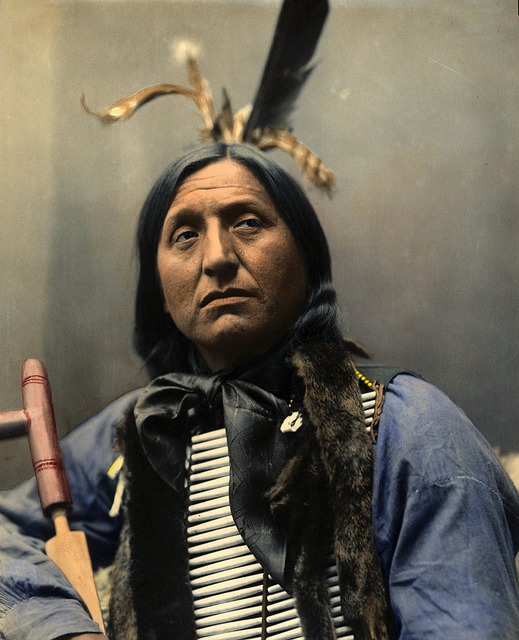Category: History
-
Learning History through Historical Movies
The internet is rife with movies covering major historical events across the globe. As shown by various studies, audiences derive historical concepts from these programs. As such, it is clear that historical movies play a critical role in shaping our thoughts. Even better, films offer a better stimulus that yields more cognitive capacities than dictation and…
Written by

-
Lincoln Memorial Facts for Kids | American National Monument
Lincoln Memorial is a national monument of America. It was built to honor Abraham Lincoln, the 16th US President. Located in Washington D.C.’s National Mall, it is one of the main tourist destinations for people around the world. The memorial is built on Greek Doric temple style. Along with the statue of Lincoln, this building…
Written by
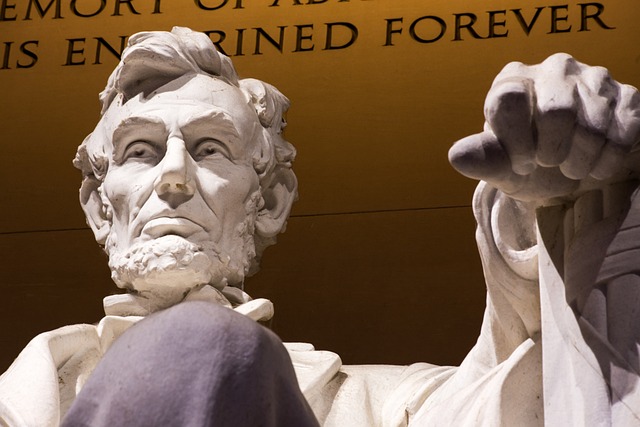
-
Easter Island Facts for Kids | Special Chilean Territory
Located at the southeastern part of the Pacific Ocean, Easter Island is one of the three island groups situated at the corner of Polynesian Triangle. The other two regions of this triangle are Hawaii and New Zealand. This island has a status of ‘special territory’ of the Republic of Chile. The most prominent feature of this…
Written by
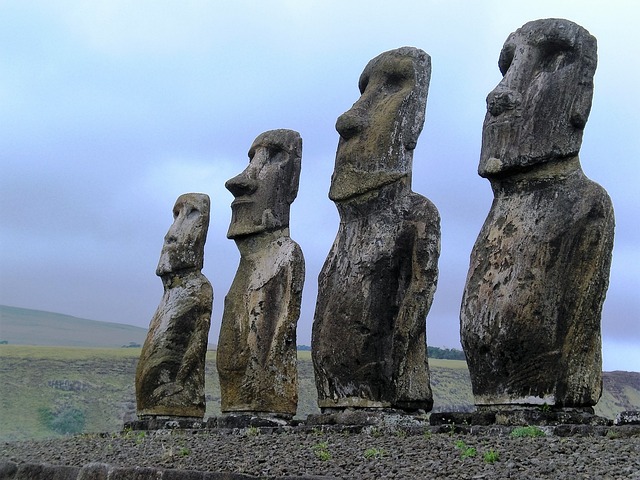
-
Viking Facts For Kids | Scandinavian People
Vikings were the group of people who used to speak Old Norse language. They were seafarers and lived in Scandinavia. They attacked and explored many regions of Asia and Europe during a period of three centuries starting from 8th century to 11th century. Hometown of Vikings: Scandinavia Greatest Viking Leader: Cnut The Great Time Period…
Written by
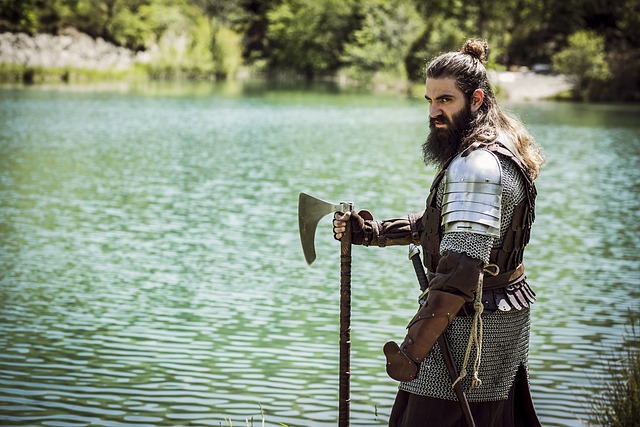
-
Victorian Facts For Kids | Age Of Happiness and Progress In Britain
The Victorian era was a period in the British Empire in which Queen Victoria ruled over Britain from June 20, 1837 to January 22, 1901. It was a period of great happiness and peace in Britain. Let’s take a brief look at Victorian facts for kids. Victorian Facts For Kids Name Of British Monarch: Queen…
Written by
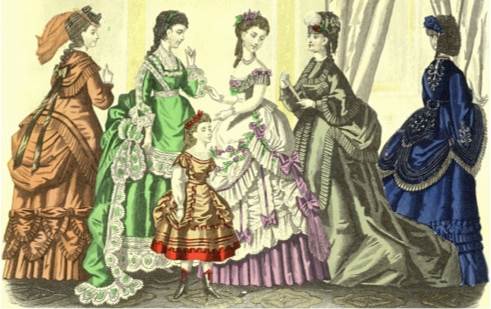
-
Pyramid Facts For Kids | Monuments Of Ancient People
The oldest pyramids were built by the people of Mesopotamia. They called these structures ‘Ziggurats’. These structures were coated with golden color. The Pyramids of Giza are the biggest pyramids in Egypt. However, the greatest number of pyramids in the world is in Sudan. Every pyramid has minimum 3 surfaces from the outside which are…
Written by
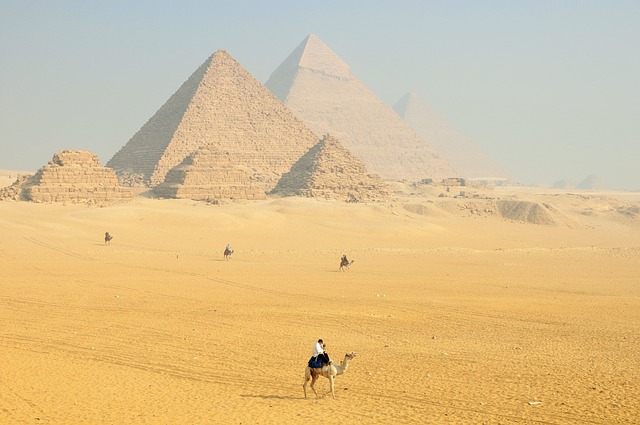
-
Golden Gate Bridge Facts For Kids
There was no route to reach San Francisco from Marin County before the completion of Golden Gate Bridge. The Ferry service was therefore, introduced in 1820 as the only way between Marin County and San Francisco. In 1916, the proposal for the construction of Golden Gate Bridge was made. Let’s discover more in Golden Gate…
Written by

-
Tutankhamun Facts For Kids | Pharaoh Of Egypt
Tutankhamun was a Pharaoh of Egypt that lived during 18th century. Not much is known about this Pharaoh but after the discovery of his tomb in 1922, people have been showing great interest in exploring this ancient king. So let’s take a brief look at facts about Tutankhamun. Tutankhamun Facts For Kids Original Name: Tutankhaten…
Written by
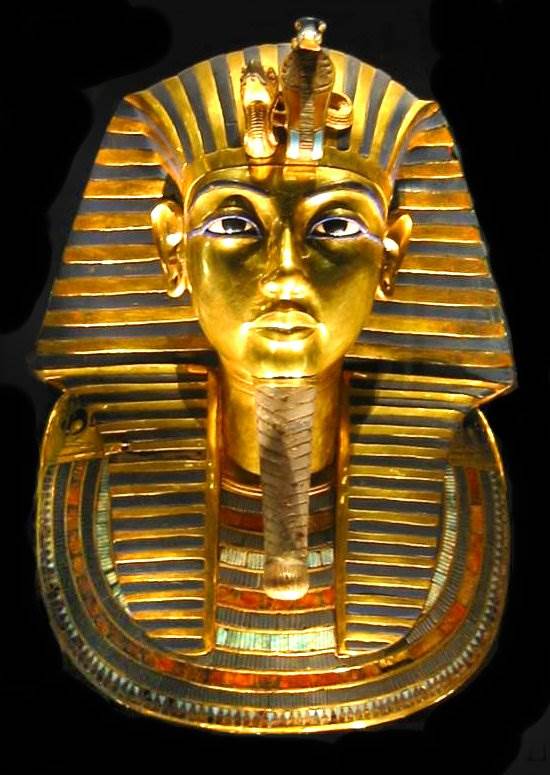
-
Pompeii Facts For Kids | Ancient Roman Town
Pompeii was an old city of Romans. It is located in the region of Southern Italy known as Campania. According to experts, this city was basically built by the Oscans and dates back to the 6th or perhaps 7th century BC. Later on, Romans came here and settled themselves. During 1st century AD, Pompeii was…
Written by
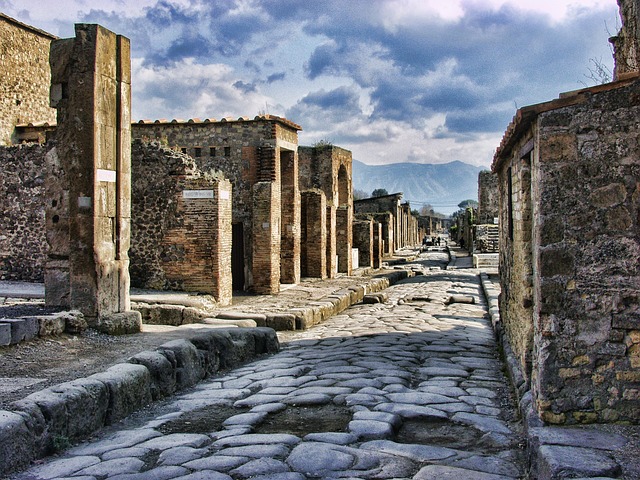
-
Colosseum Facts For Kids | Largest Amphitheatre In The World
The most famous site for the tourists in Rome is Colosseum. It is by far the biggest amphitheatre in the world and one of the greatest remains of the Roman Empire. Let’s explore it further in Colosseum facts for kids. A Quick Guide To Colosseum Facts For Kids Starting Date of Construction: 70 AD Ending…
Written by
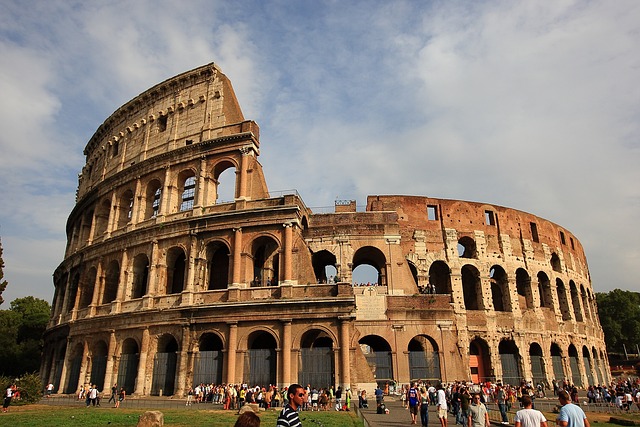
-
Civil War Facts For Kids | Deadliest War In The US History
The US Civil War is the most lethal war in the history of United States with maximum number of casualties. The war was started after Abraham Lincoln won the election and became 16th President of USA. The US was divided between states in the North and those in the South. In the South, there were…
Written by
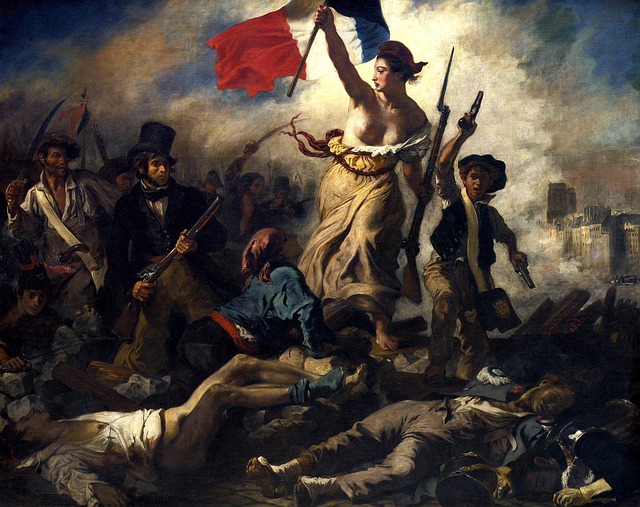
-
Tudor Facts For Kids | Royal House Of Kingdom Of England
Tudor is the dynasty of kings and queens that ruled over England and Ireland in 1485. There were five monarchs who ruled for more than a century. Of all the five, Henry VIII was certainly the most famous king. The last queen of this dynasty was Elizabeth I in 1603 after which the succession of…
Written by
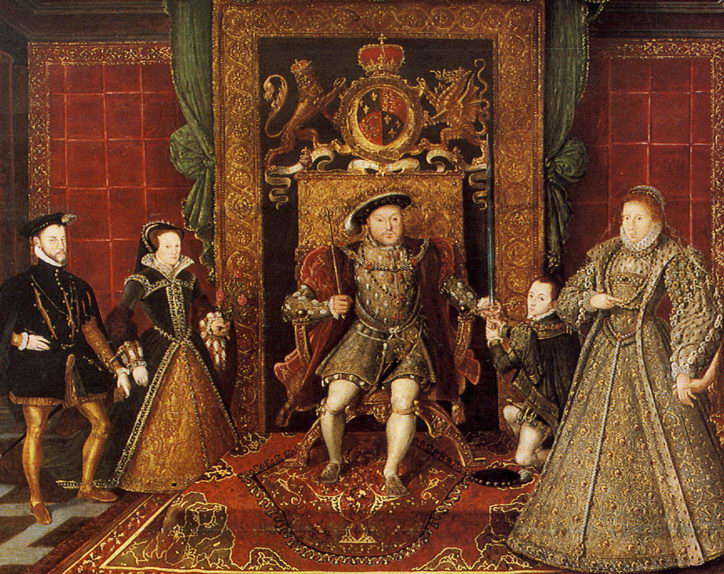
-
Roman Facts For Kids | Facts About Roman History
People who live in the Italian city of Rome are called Romans. It is a very old city and therefore Romans has a rich cultural history that dates back to thousands of years. Let’s have a quick review about Roman civilization and culture in Roman facts for kids. Roman Emperors | Interesting Roman Facts For…
Written by
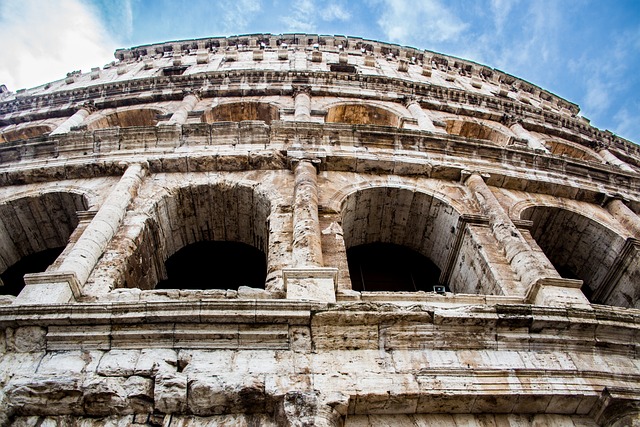
-
Mount Rushmore Facts For Kids | The Biggest Work of Art in the World
There couldn’t be a better way to pay a mark of respect to those who changed the course of history than by building a monument that was to become a hallmark for the entire country. Located on the Black Hills of South Dakota, Mount Rushmore is certainly one such feat that stands out in terms…
Written by
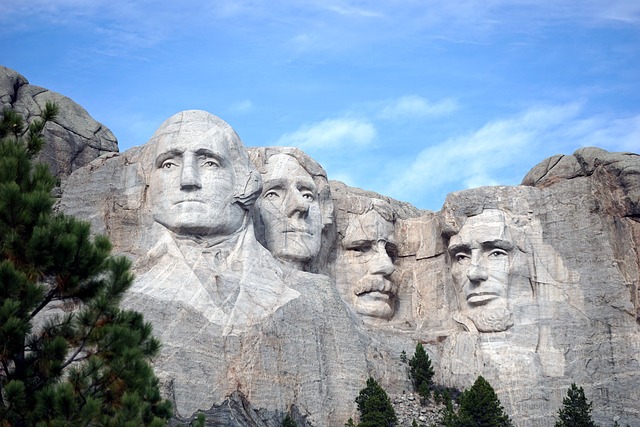
-
Mount Vesuvius Facts For Kids | The Most Active Volcano in Europe
The Vesuvius is probably the most active volcano in the entire Europe which is believed to have caused as much damage as any other volcanic eruption. The volcano has long been admired for its silent yet deadly nature to the inhabitants of Europe and to the residents of Southern Italy in particular. Mount Vesuvius Facts For…
Written by
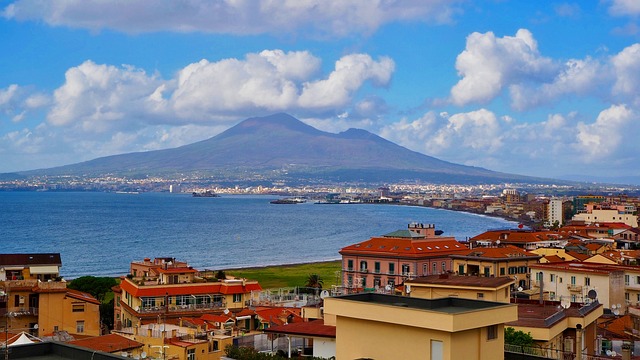
-
Titanic Facts for Kids | 8 Hidden Facts about Titanic
Everybody knows the story of Titanic and the iceberg it hit on the night of April 14, 1912. When it first set sail, the Titanic was known for its extraordinary size and was thought to be “The Unsinkable Ship”. Sadly, fortune didn’t favor this ship and its passengers, the disastrous crash which occurred almost a…
Written by
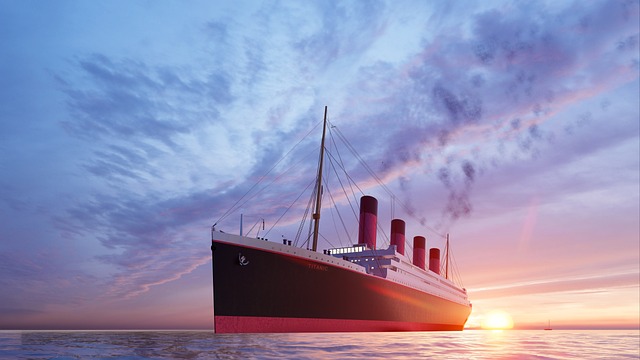
-
Ancient Egypt Facts For Kids | Unknown Facts about Ancient Egypt
Egyptian culture is perhaps one of the most complex and intriguing cultures that ever existed. Starting with the discovery of the pyramids, remarkable tombs for the ancient Pharaohs, the entire world has been fascinated by the mysterious world surrounding Egypt in ancient times. It was an era of mystery, upon which archaeologist have yet to…
Written by
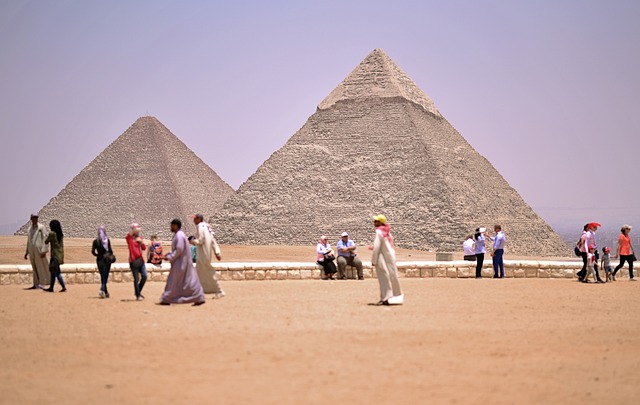
-
World War 1 Facts For Kids | Fascinating Facts about WWI
World War I was one of those historical events that shaped destinies, altered mentalities and changed the history of many countries. Known as the First World War, The Great War or the War of the Nations, this complex conflict started in 28 July 1914 and ended in 11 November 1918. With the Allied Powers on…
Written by
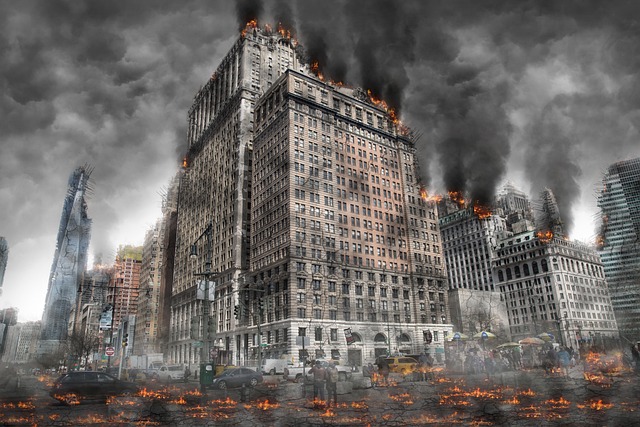
-
Great Wall of China Facts For Kids – Fun Facts for Kids
Here I’m bringing you some of the most fascinating great wall of china facts for kids. All these insights about this medieval grandeur takes us to the time when you were not even born. So, let’s study some interesting facts about the great wall of china. According to the Chinese the great wall should be…
Written by
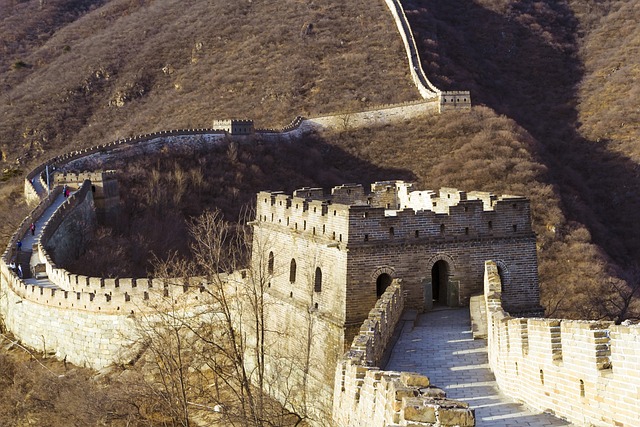
-
Native American Facts For Kids
It’s the need of the hour to bring forth some of the essential Native American facts for kids, probably because still many people have only a vague understanding of various societal problems facing Native Americans today. Before Christopher Columbus actually discovered America and landed ships in Bahamas, a distinct group of people were already dwelling…
Written by
